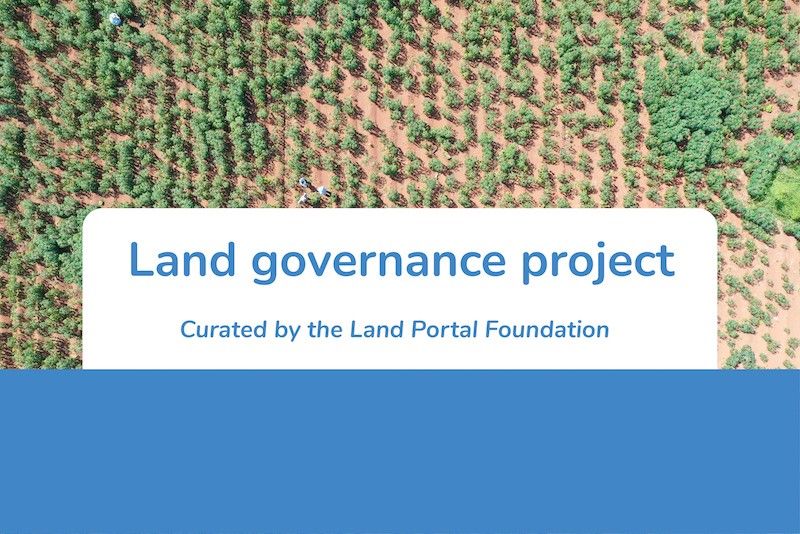Community / Land projects / Strengthening Proximity Justice in Rwanda (SPJR) - OLD - Strengthening Proximity Justice in Rwanda (SP
Strengthening Proximity Justice in Rwanda (SPJR) - OLD - Strengthening Proximity Justice in Rwanda (SP

€5279956.036
08/15 - 09/19
Completed
This project is part of
Implementing Organisations
Donors
Data Providers
General
Support to ABUNZI II through RCN Justice et democratie aims at continuing some activities of ILPRC project and some other interventions to strengthen the capacities of local mediators (ABUNZI) to handle land issues but specifically ensure women land rights In Rwanda
Objectives
The Embassy supported RCN to implement a Project to Support Proximity Justice in Rwanda (SPJR). The project implementation lasted from 1st August 2015 – 31st March 2019. The program was originally planned to end in 2018 but extended to 2019 to cover delays encountered due to understandable reasons. SPJR project was implemented in seven districts of Rwanda (Nyanza in the south, Burera and Gicumbi in the north, Nyarugenge in the city of Kigali, Nyabihu, Ngororero and Rutsiro in the west). The project reached a total of 145,318 men and women. Of the total, around 65% were women. The Embassy also notes that the approach focused on behaviour change using outcome mapping so numbers were collected but not prioritised. The programme was intended to support citizen participation in proximity justice. It would facilitate constructive dialogue and raise awareness about the rights and duties of the population, the law and the functioning of proximity justice. It would seek to safeguard the rights of vulnerable and marginalized groups in particular women’s access to justice and participation in decision making. The programme would promote the role of civil society and reinforce the capacity of CSOs to fulfil their mandate. The programme would provide institutional support to Justice Reconciliation Law and Order (JRLO) sector institutions and local authorities to enable them to discharge their duties, including capacity building, knowledge transfer, coaching and materials. It would conduct and disseminate original research and engage decision makers with evidence-based advocacy. It would support exchanges at local and national level between proximity justice and civil society actors. Due to the fact that the program used outcome mapping approach, there were two outcome challenges: 1) Proximity Justice Actors have the necessary knowledge and materials that allows them to deliver high quality justice services in conformity with their mandate and human rights principles. PJA collaborate to allow each other to fulfil their mandates. PJA inform and support the population of their rights and about the functioning of the justice system so citizens, especially women, vulnerable and marginalized groups, are able to exercise these rights"; 2) Audiences are active citizens who share and debate their own experiences, expectations, recommendations and knowledge with Proximity Justice users and service providers. They have knowledge of their basic rights and the administration of proximity justice allowing them to exercise these rights. They are confident that they can defend their rights and do so before appropriate judicial authorities. Audiences take steps in support of more equitable conditions for women and vulnerable or marginalized groups to access justice services to exercise their rights.




